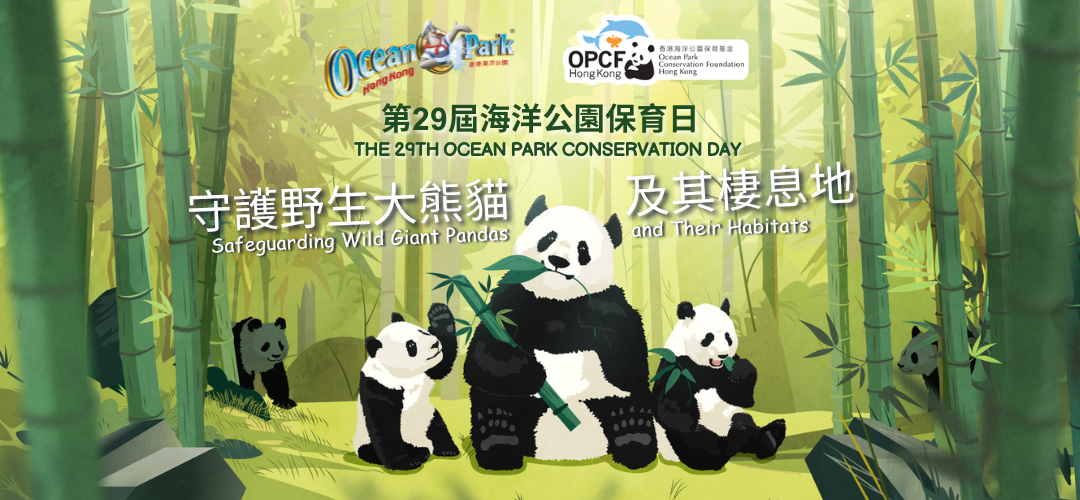
The Ocean Park Conservation Foundation, Hong Kong (OPCFHK) held the kick-off ceremony for the 29th Ocean Park Conservation Day. This year’s theme, “Safeguarding Wild Giant Pandas and Their Habitats”, will showcase a diverse range of educational and engaging activities at Ocean Park on 23-24 November 2024. The event aims to raise public awareness about the challenges faced by wild giant pandas, existing conservation efforts, and future conservation strategies, all while fostering a vision of harmonious coexistence between humans, giant pandas, and nature.
The 29th Ocean Park Conservation Day will feature a range of educational and interactive booths, games, and workshops, including a "Giant Panda Aroma Stone Crafting Workshop". Participants can collect souvenirs upon completing the activities. Families can also take part in exclusive guided tours and themed lectures on the Conservation Day to learn more about wildlife conservation in an interactive and engaging manner, joining forces to protect the nature!
The 29th Ocean Park Conservation Day Details
Date: 23-24 November 2024 (Saturday and Sunday)
Time: 10am – 5:30pm
Venue: Ocean Park, Hong Kong